
In each community, the places and spaces for Tet rituals play a role as a bridge between the people and the past traditions. The cultural imprint of the country is clearly shown in the customs preserved through many generations, associated with communal houses, pagodas or temples, present in almost every village and even in the capital.
It can be said that each ancient Vietnamese village is a miniature world, a cultural kingdom. There are enough community and religious buildings to serve the spiritual life of the residents: communal houses, pagodas, temples, shrines, palaces, inns, communal houses, mausoleums, writing houses, etc. The spiritual life of the traditional Vietnamese people seems to be linked through invisible connecting threads between this system of spaces, imbued with sacredness, mystery, but also very rustic and simple.

Normally, few people visit places of worship or places of folk practice, but during Tet, communal houses or meditation places are crowded with people coming to offer incense and participate in community activities. First of all, we must mention the communal house, the center of community activities of the village, but its most important function is to be the place where spring worship rituals take place, incense is offered to commemorate the founders of the village and to protect the peace and prosperity of the village.

In addition to communal houses, temples and shrines are also important ritual spaces. Each community dedicates architectural works built to worship a saint or revered historical figure. In Vietnam, the most common are temples built to commemorate heroes who have contributed to the country or individuals' contributions to the locality, built according to folk legends. Therefore, Tet is an occasion for the community to remember these sacred symbols to strengthen faith and pray for protection for reality.

Meanwhile, the role of psychological balance for the village since before the formation of the centralized state based on Confucian ideology was played by Buddhist temples, where not only Buddhists but anyone can come to seek peace. Under the shadow of the three jewels, on Tet holiday, people admire the good things that Buddha has passed down to the generations after more than 25 centuries.
Heritage Magazine


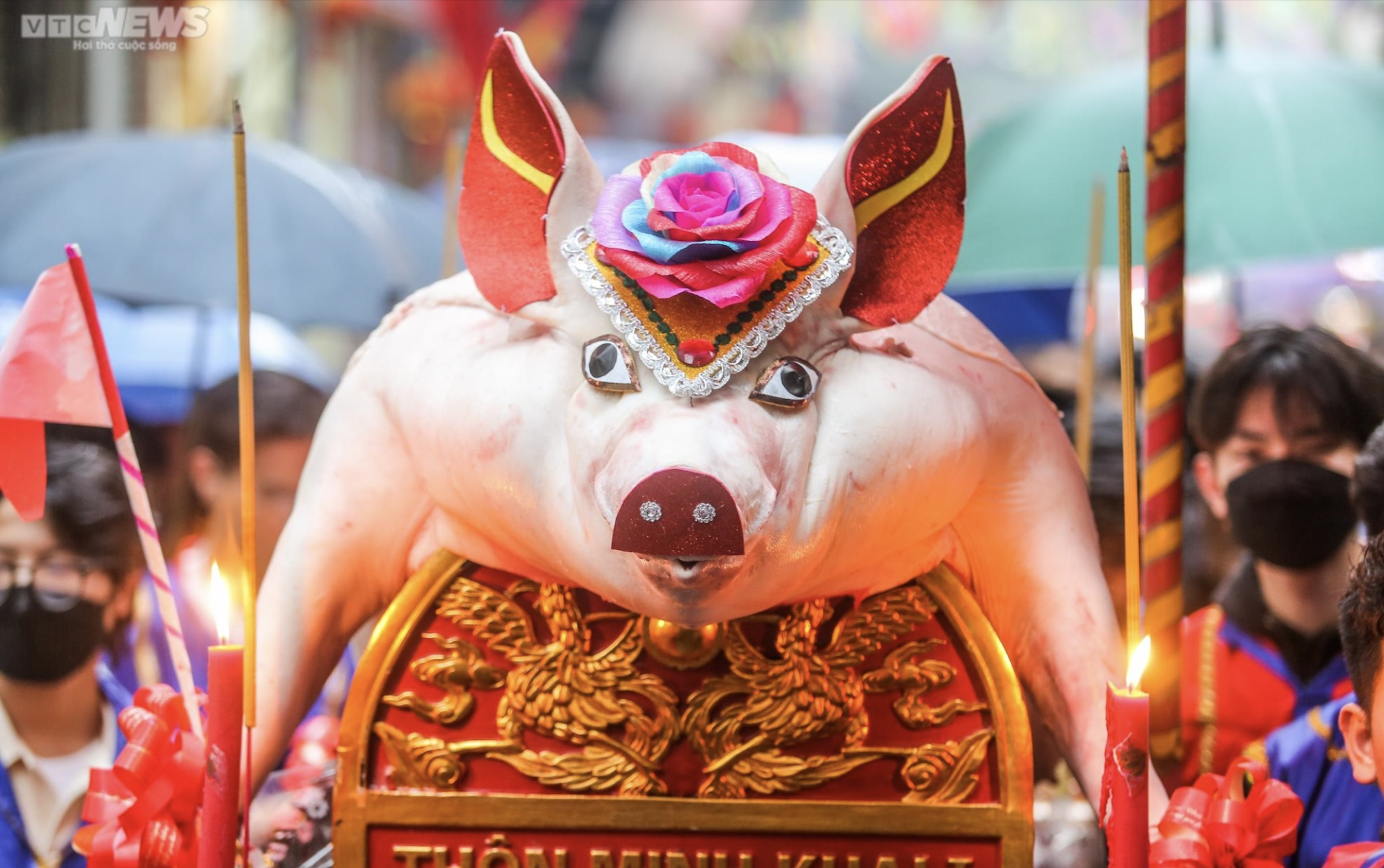

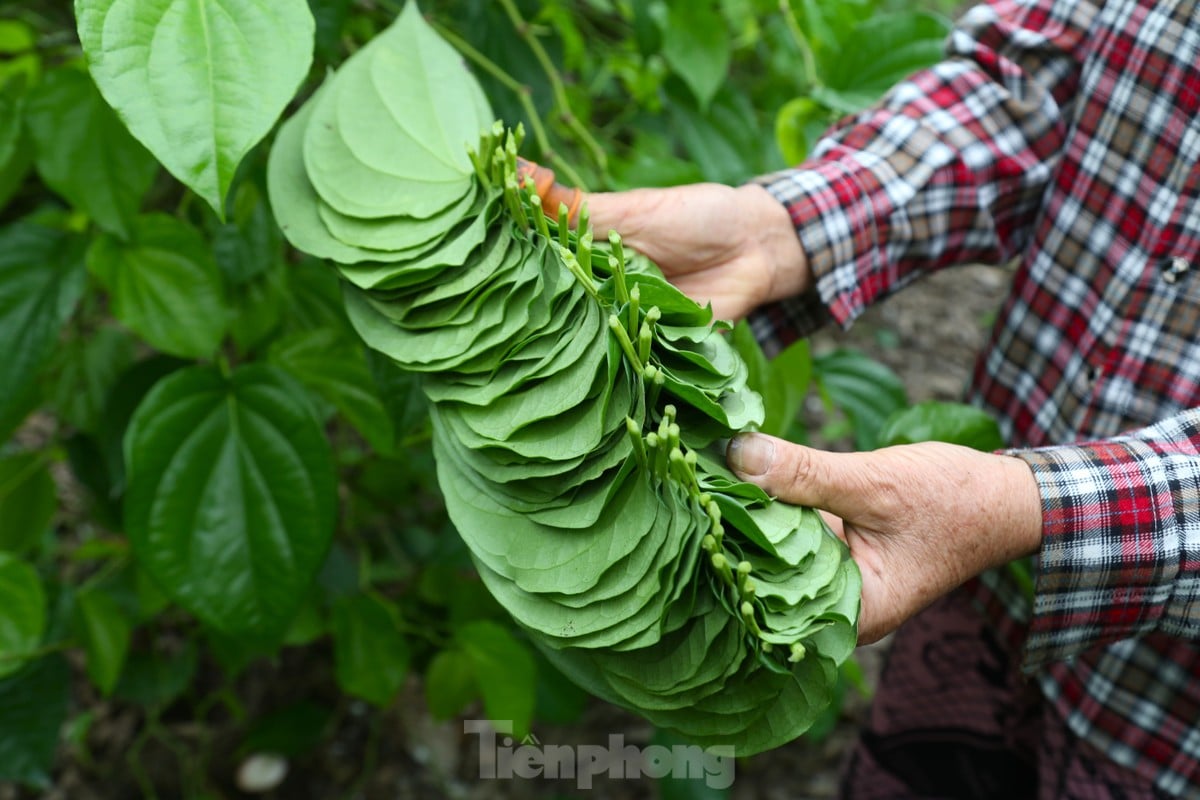
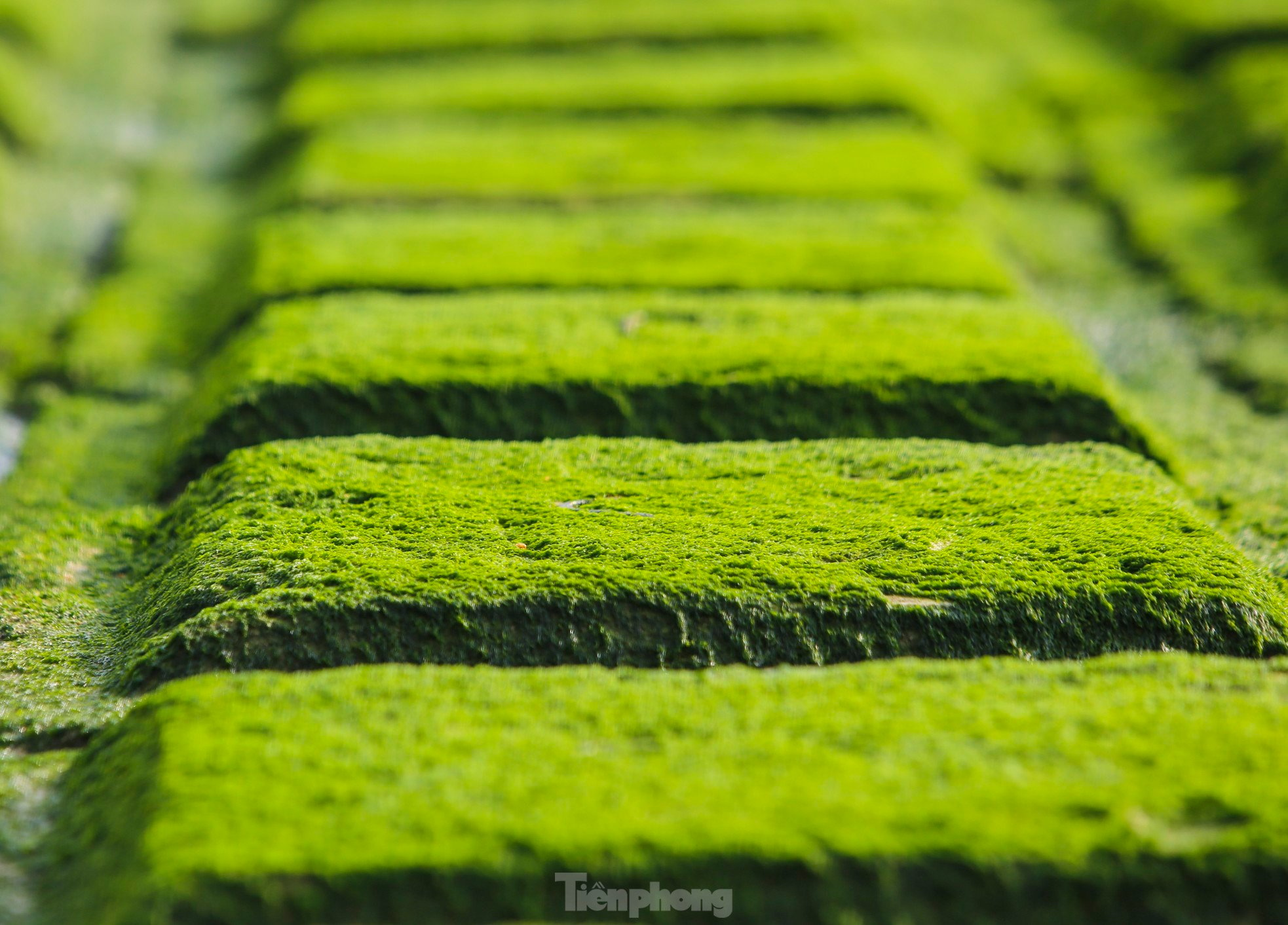
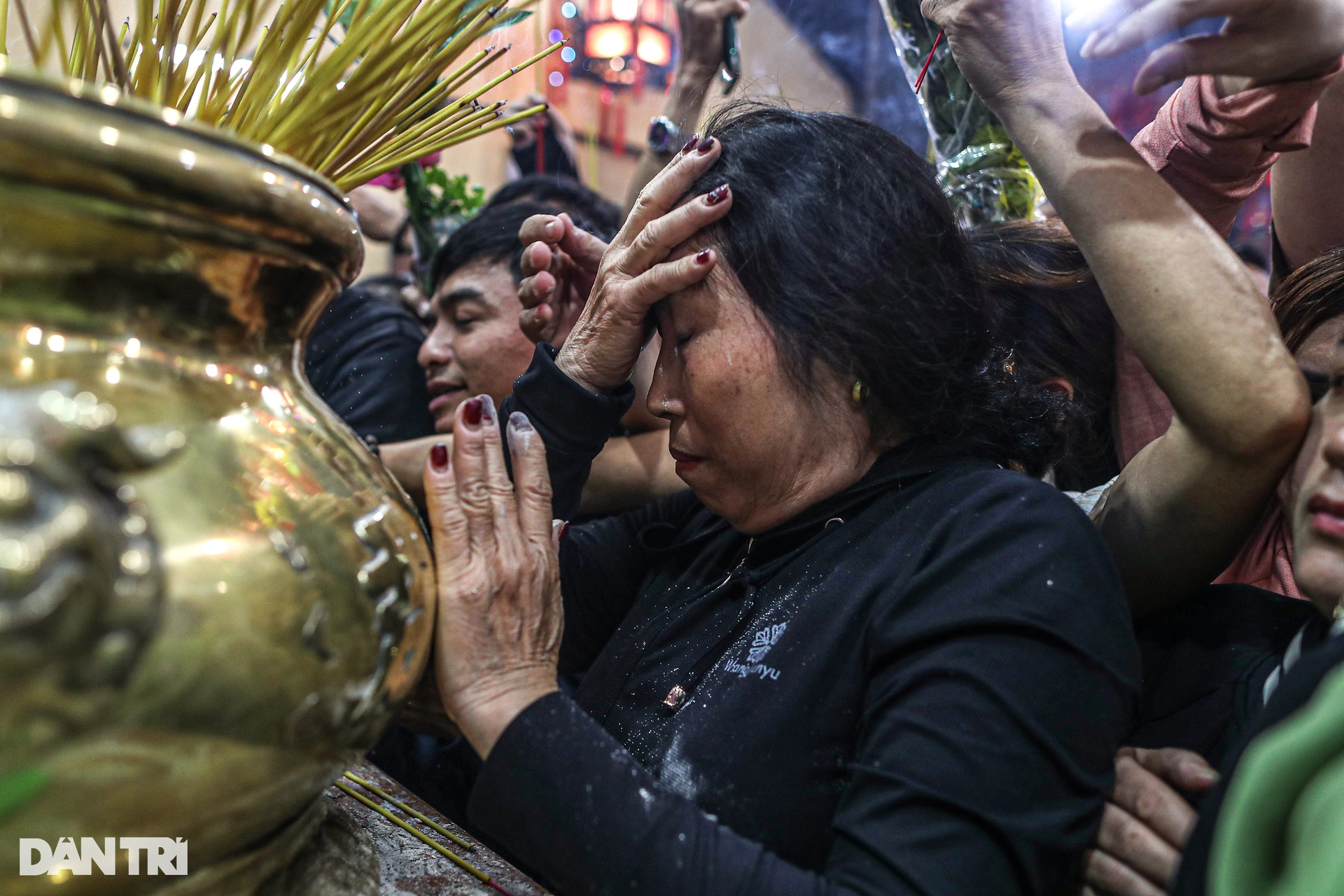
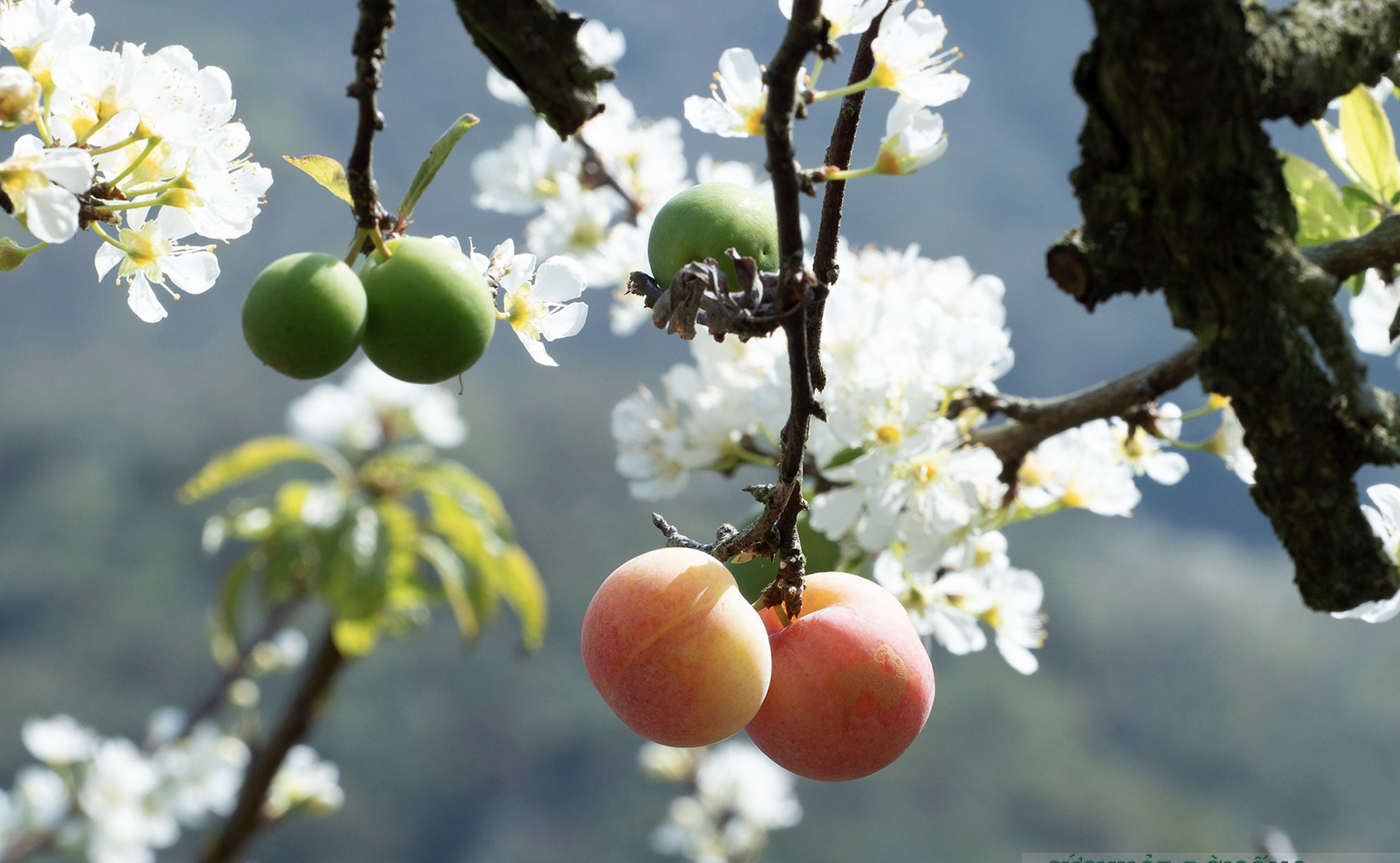
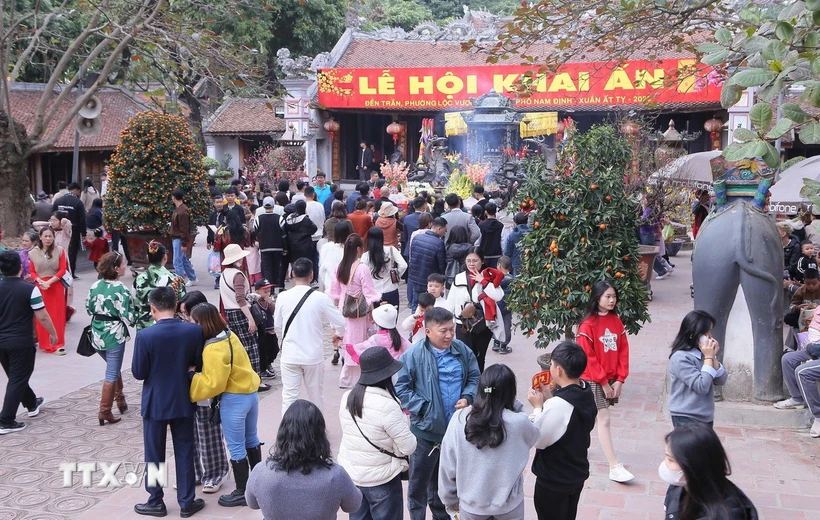
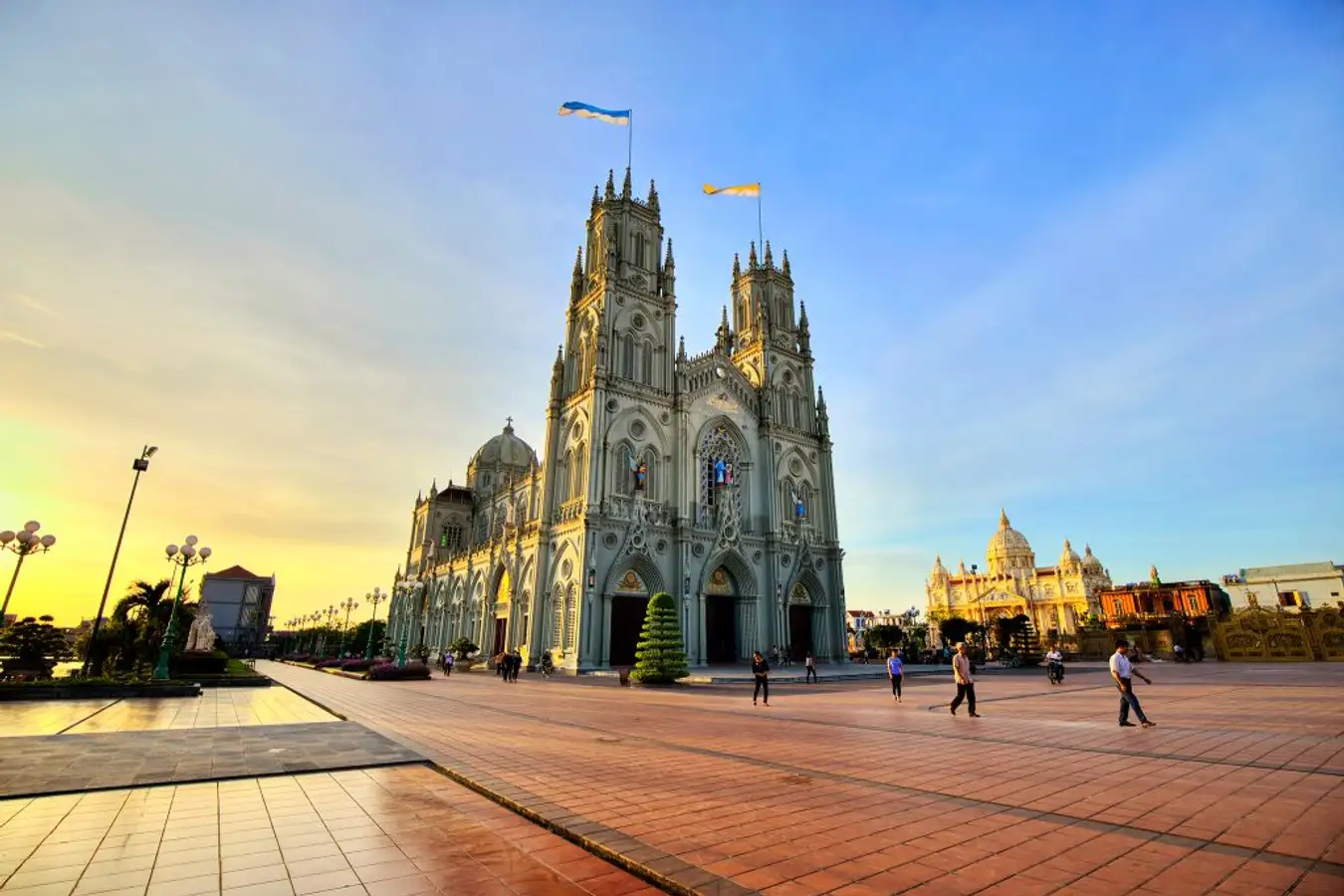


























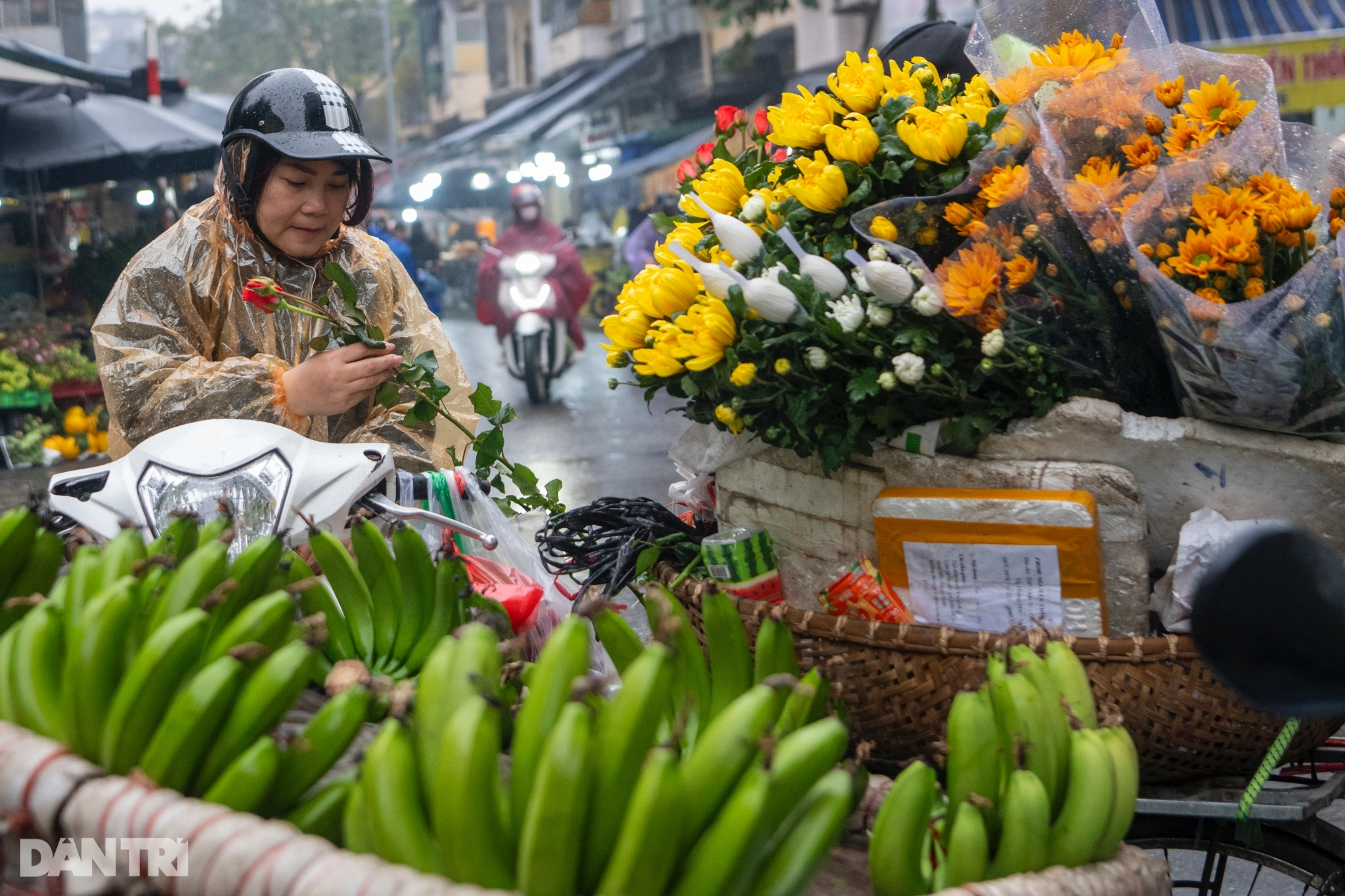

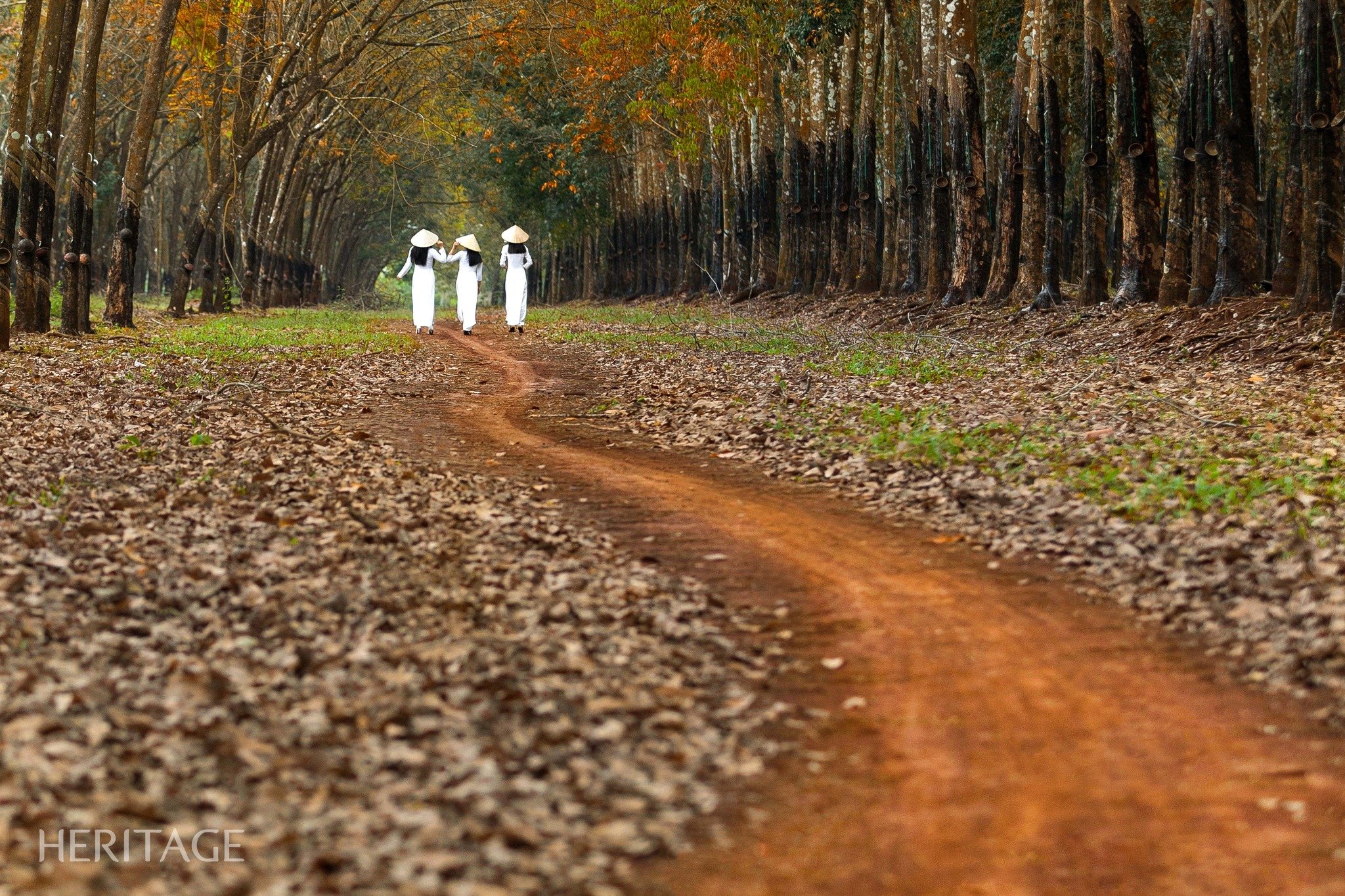
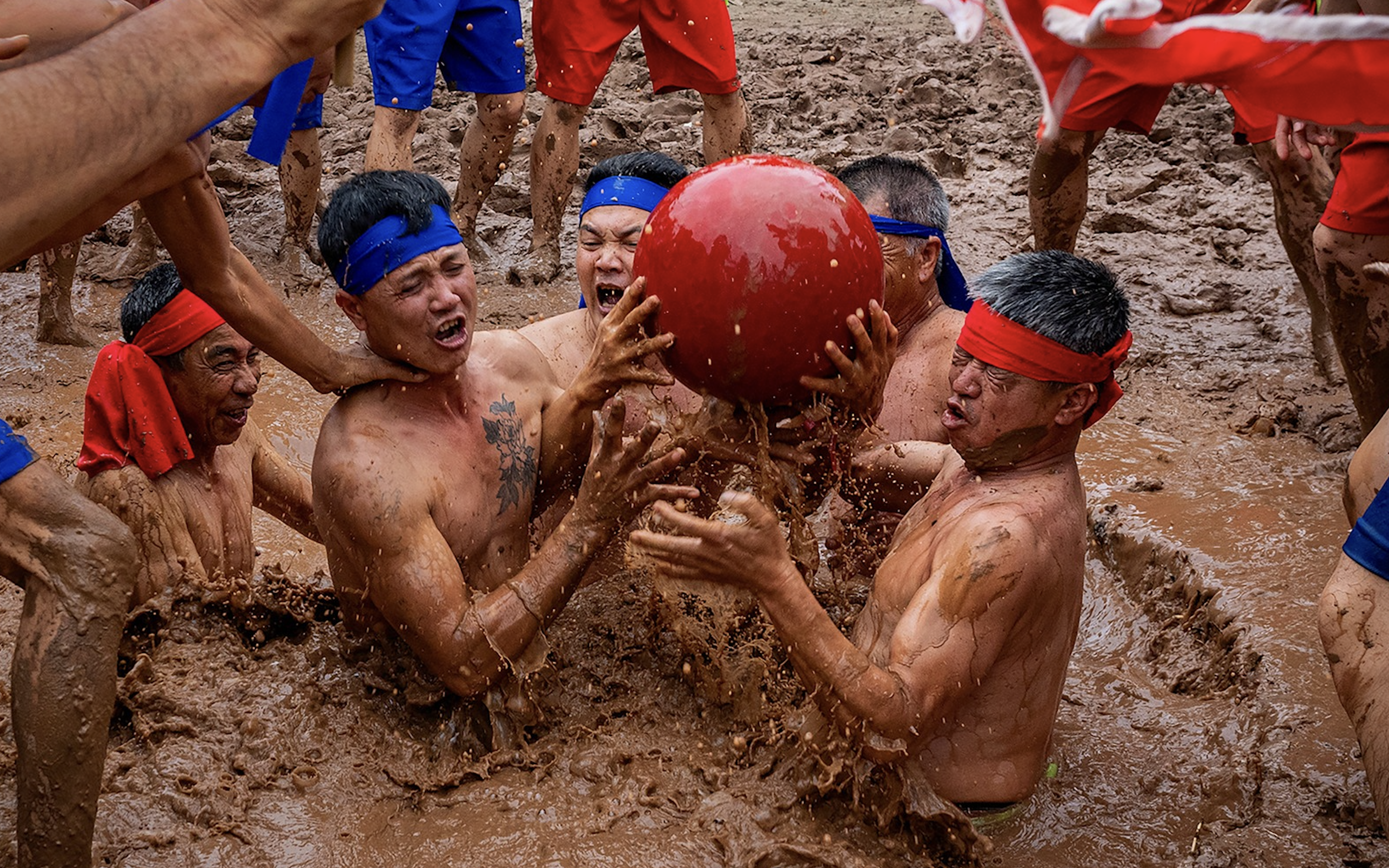
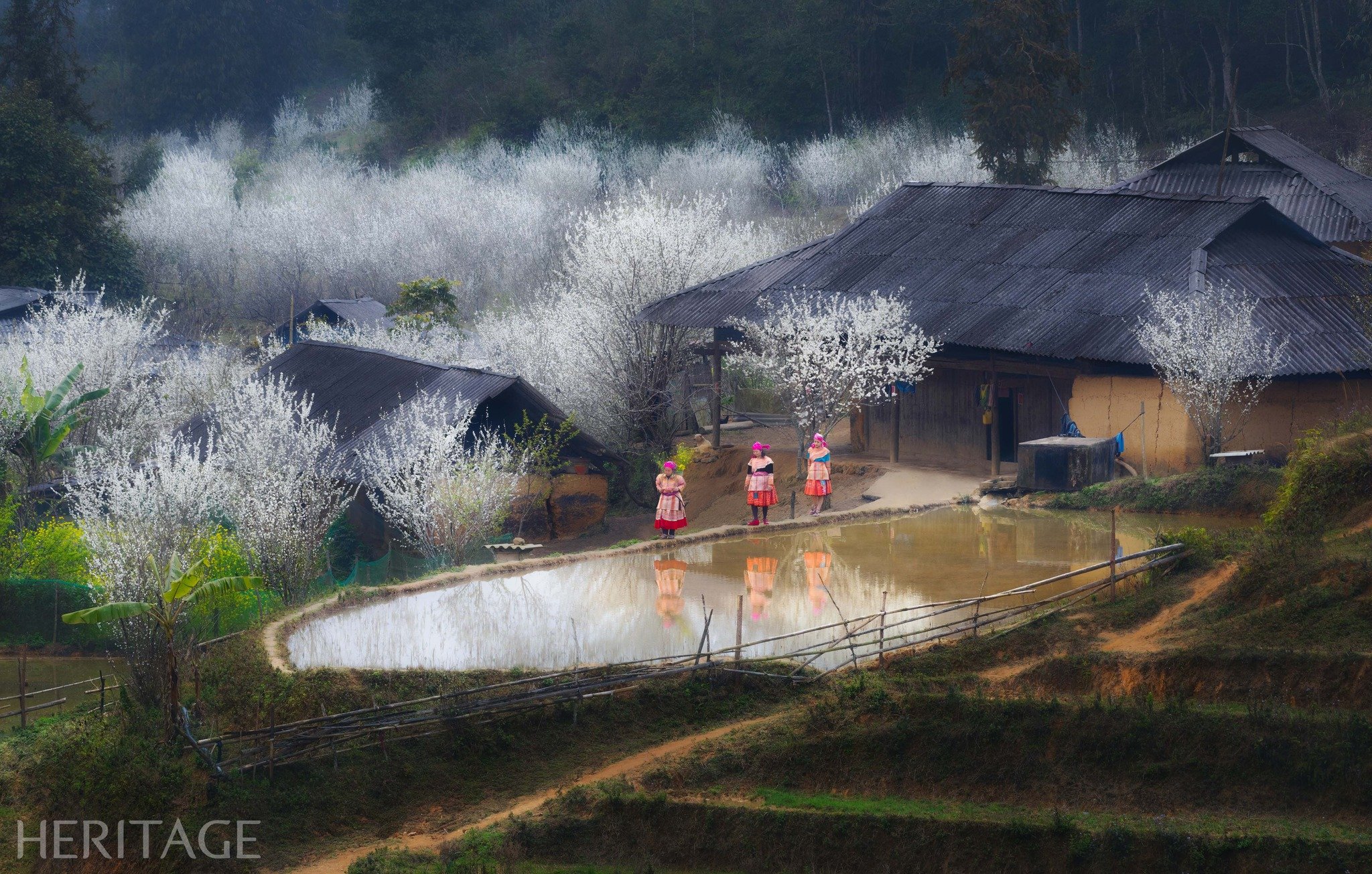

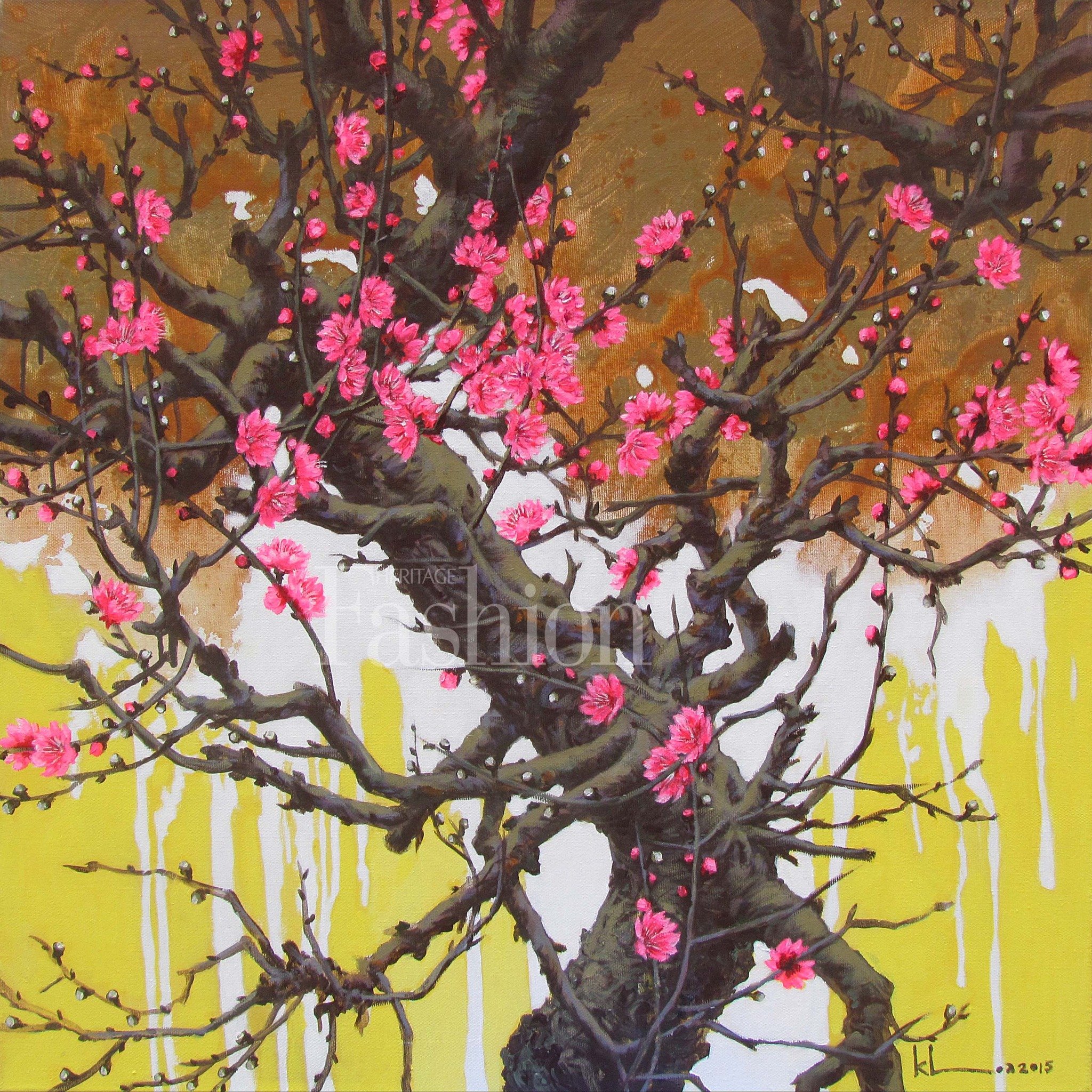




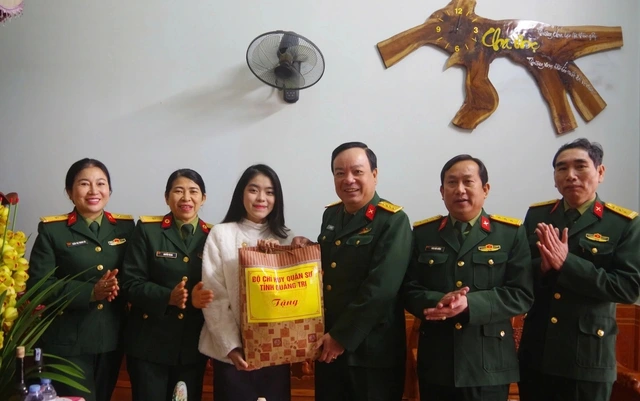
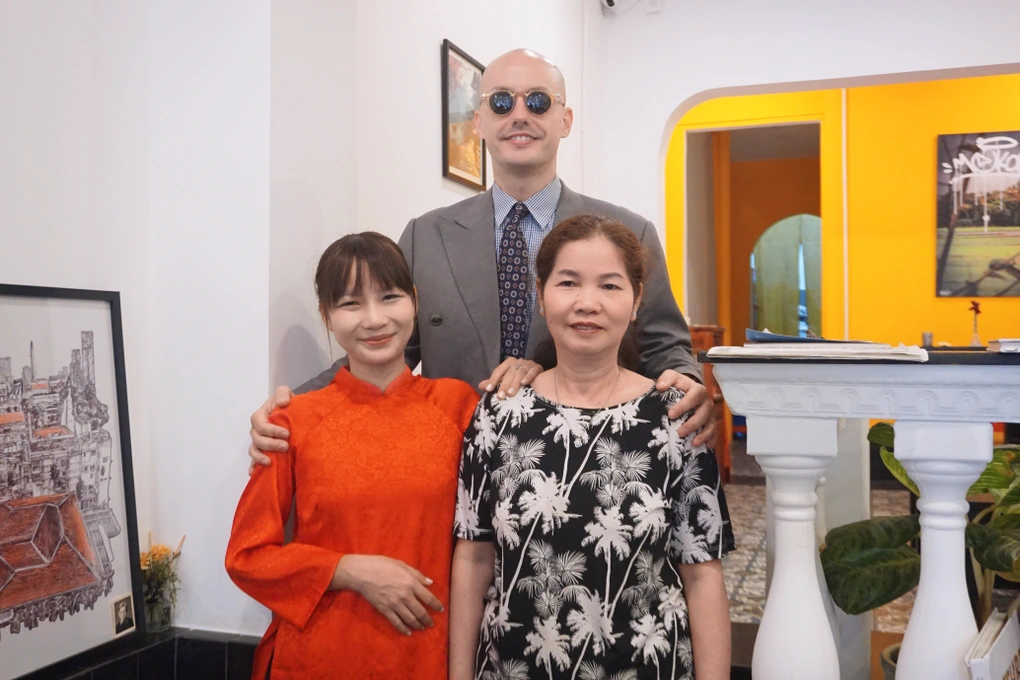
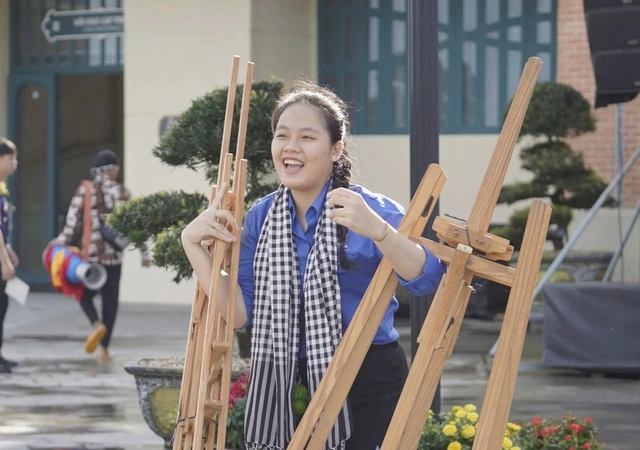
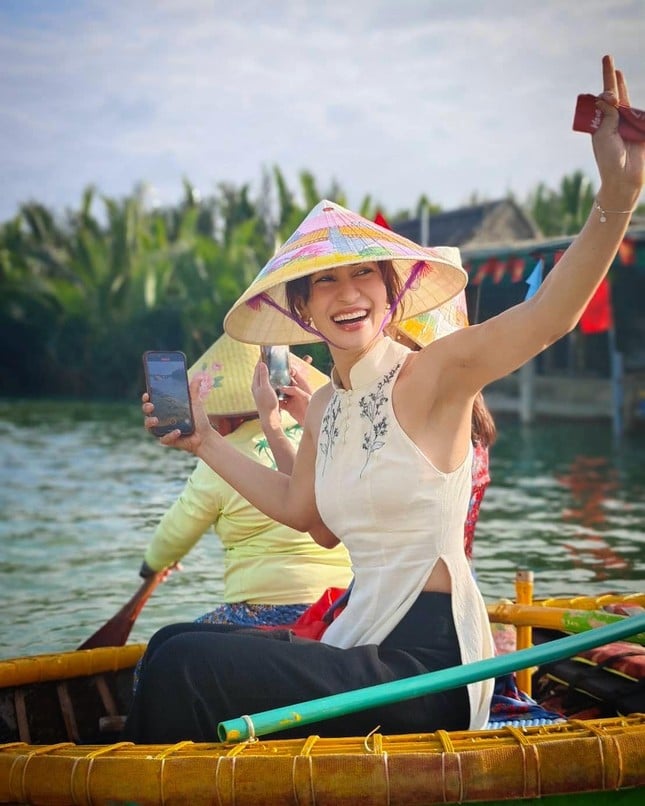




Comment (0)